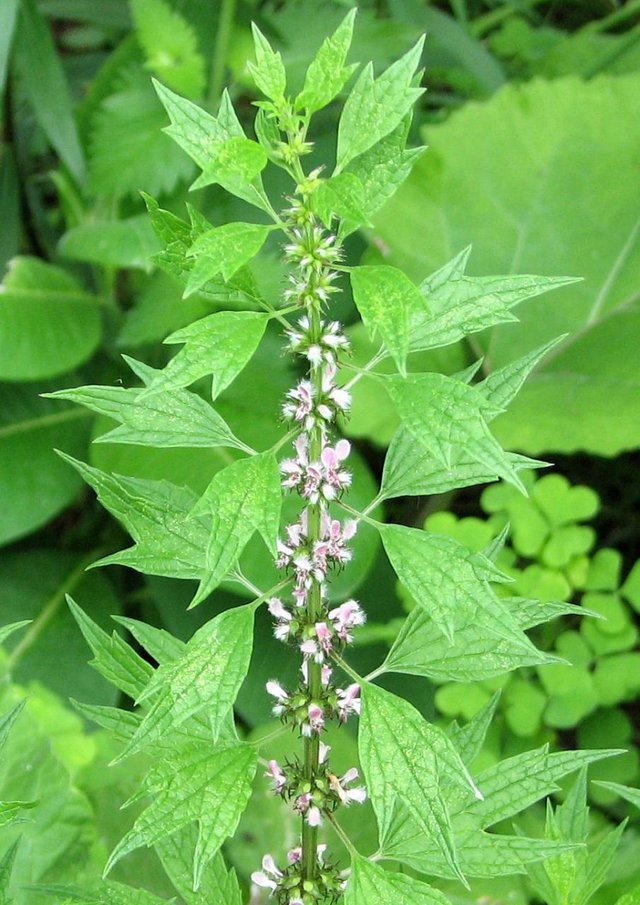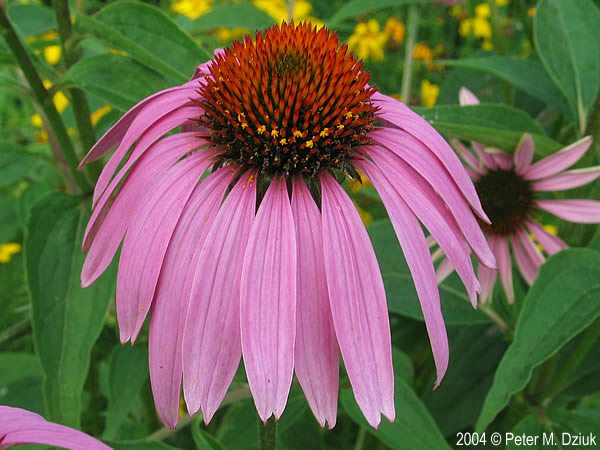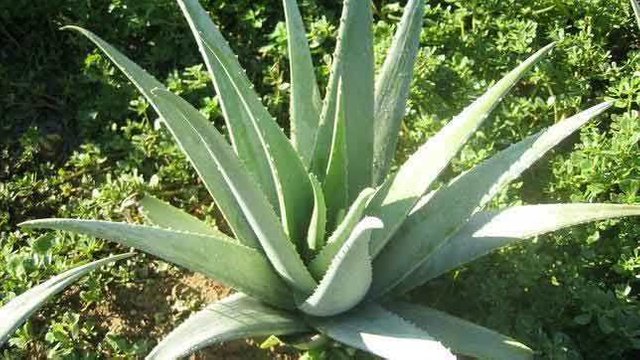3 Medicinal Plants steemian need to know
.MOTHER WHORT

mother's wort plant top medicinal plant
Leonurus cardiaca, Lamiaceae. Motherwort is one of the easiest herbs to grow and is a highly versatile medicinal. It is one of my favorite remedies for anxiety and stress. It is taken as a tincture or tea to lessen pain, such as: headaches, menstrual cramps, and muscle sprains and aches. I will add that motherwort is quite bitter, so I often recommend it as a tincture over a tea. It is many women’s ally in menopause for easing hot flashes and hormonal- induced irritability. Motherwort is also used in childbirth to help strengthen contractions; it is the only herb I used giving birth to my daughter! Finally, motherwort fully lives up to its name in helping to increase parental patience. Many mothers find that motherwort softens the edginess brought on by sleep deprivation, endless laundry and dishes, and uppity wee folk.
- PURPLE CONE FLOWER

PURPLE CONE FLOWER medicinal plant
Echinacea purpurea, Asteraceae. Purple coneflower is one of the most popular garden ornamentals with its showy purple flowers that attract all manner of butterflies and bees. Not only is it gorgeous, it is easy to grow—Echinacea is a decidedly unfussy plant, withstanding drought, disease and insect infestations. Purple coneflower (another name for Echinacea) roots, seeds, and fresh flowers are all medicinal, and can be made into a tingly tasting, immune-stimulating tea or tincture. - ALOE VERA PLANT

ALOE VERA PLANT medicinal plant
Aloe vera is well known as a skin-friendly plant. It is one medicinal plant people really make use of, since it is generally safe and requires no processing before use. It is a must-have in every garden whether you grow it in pots or in the ground.
Aloe vera plants grow well in a sunny location in warmer areas where there is not much danger of killer frosts. Being a succulent, this drought resistant plant requires very little care and thrives in poor soil. It suckers freely, so you can start with just one or two plants sourced from a reliable supplier. There are several aloes around; not all of them are edible or have the medicinal properties attributed to Aloe vera.
The jelly-like, colorless pulp of mature leaves can be applied to minor cuts and burns and to dry, inflamed, or damaged skin due to eczema or other skin conditions. It is an excellent moisturizer with anti-inflammatory and mild antimicrobial effect. The leaf pulp can be eaten too. Regular use can prevent constipation and relieve other digestive problems, including ulcerative colitis and irritable bowel syndrome